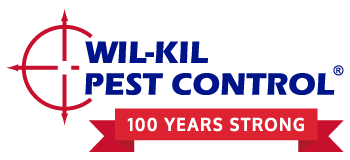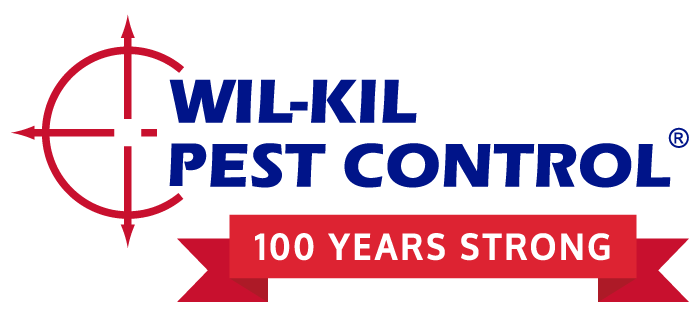In one of his most celebrated poems, T.S. Eliot opens with the line “April is the cruelest month.” Wisconsinites would have difficulty faulting this statement. Winter’s cold, numbing feeling still lingers beyond the Spring Solstice, while trees commence blooming and greet allergy sufferers with the first of many sneezing attacks. After leaving the house dressed in a parka for the 180th straight day, you can’t help but wonder if the 20th century poet was speaking to you from the past.
As a property manager, the theme is no different. Springtime requires a deep, laborious cleaning and de-winterization of your building in preparation for the new lease signees. Even more troublesome, the season’s change means a fresh wave of pests will attack your building.
Get A Free Quote
TODAY, WE OUTLINE AREAS TO PROACTIVELY INVESTIGATE FOR PEST ACTIVITY TO BEGIN THE SPRING SEASON ON THE RIGHT TRACK.
Heat Sources
Rodents will initially be drawn to heat emitting devices in the winter seasons, as they immediately flock en masse from the sub-zero environment surrounding your building to the more welcoming temperatures radiating throughout the inside. The first place to examine for a potential gathering of rodents would be those areas, namely the area housing your furnace or boiler room. Mice in particular will take residence in these conditions, so you should begin your spring cleaning and pest review with those rooms. Pay close attention to droppings or the smell of urine.
Rodents will find ways to infiltrate your HVAC units and heating ducts, utilizing them as a figurative highway for traveling throughout your building. They can easily get trapped within the confines of the structure’s air passageways, eventually dying and potentially spreading diseases into the airways from the decay. A carcass may go undetected for months, so it’s crucial to have a professional perform a thorough inspection and remove any rotting corpses.
Entry Points
If you properly winterized the building’s various entry points, you should re-visit those individual spots. The weather-stripping added to doors or sealant around loading docks may have fissured or cracked with the changing temperatures, opening new passageways for insects or other critters. Winged insects, such as fruit flies, can enter via these tiny cracks and begin breeding throughout your rooms. Thus, utilize sealant to enhance the protection.
In tandem, inspect automatic door hinges and verify they operate correctly. Door closing devices can become less effective with more use, eventually causing the door to remain open upon use. A door left ajar will provide a simple entry way for an outside invader to scurry into your hallways.
Also, inspect any external piping that connects to the inside of the building, such as HVAC hoses or electrical wiring. The material surrounding the tubes, whether concrete or a plastic enclosure may have also become worn during the winter months. Consider any possible building entryway as a means for a pest invasion.
Water Sources
Much like the chemicals used to weatherproof the building’s exterior, your interior piping systems can crack with drastic increases or decreases in temperature. Leaks are bound to occur, especially if you failed to insulate certain water transporting lines. Major fractures should be noticeable and treated right away, but smaller breaches can be overlooked with time. Standing water will attract infestations, from cockroaches to rodents. Closely examine visible piping structures for inefficiencies or defects.
Similarly, clogged gutters can act as a beacon for other insects. Standing water left in your building’s gutter system will draw mosquitos, ants, and even termites to the source. These pests may eventually find access to the interior from this waypoint, so be sure to systematically remove debris from all gutters. Consider installing a mesh guard to protect the opening.
Conclusion
Pest prevention is an ongoing process and following the above steps certainly won’t prevent your apartment complex from ever experiencing an infestation. However, in conjunction with proper monitoring techniques and assistance from your tenants and pest management company, you can be assured in your efforts to successfully ward off invaders. Here three important next steps in continuing your due diligence:
- Document all inspection activity, including room numbers
- Share pest control techniques with your residents or hold a training session to explain your methods
- Install a timely garbage collecting and disposal policy with all building residents, as well as a monthly cleaning schedule of the receptacles

